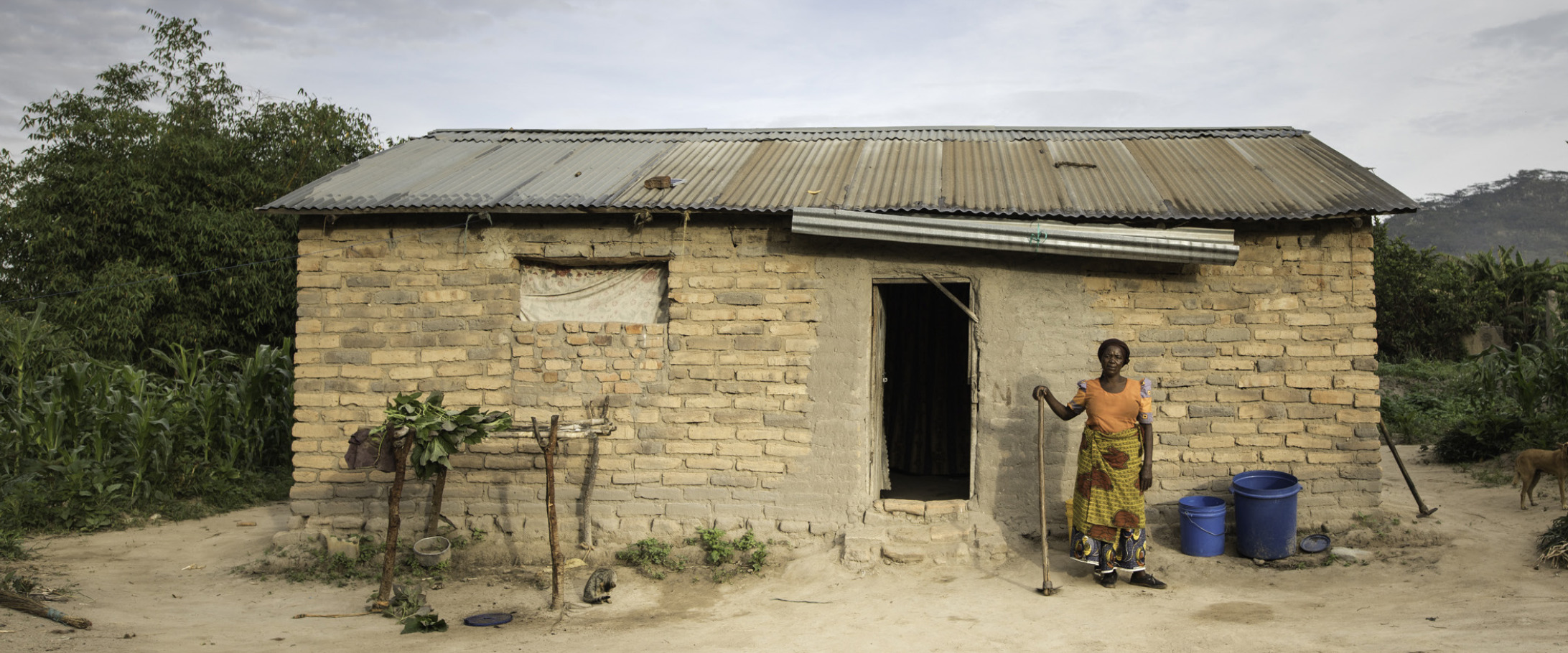The trudging ranks of exhausted, traumatised families seeking refuge, carrying their few possessions from Myanmar, look like something from another era. Surely horrific scenes of displacement and misery of this scale belong to a time before the international system of human rights emerged.
Yet, tragically, this is still an all too common horror.
Around the world, we are seeing greater numbers of people forced from their homes by conflict and natural disasters than at any time in human history. In the past three months, more than 600,000 people have fled conflict in Myanmar and sought refuge in Bangladesh.
I’m sure the government and people of Bangladesh were moved to open their borders so generously in part because the memories of their own brutal war for independence in 1971 are not too distant. The pictures of fleeing Bangladeshis from that time look almost indistinguishable from the scenes in Cox’s Bazar, the epicentre of today’s refugee crisis in Bangladesh.
It is difficult to comprehend the situation for Myanmar refugees in Bangladesh without seeing it. It’s easy to say the camps stretch as far as the eye can see. But without being there it is hard to understand the real risk to families and aid workers should a fire break out or diseases like cholera spread through kilometre after kilometre of makeshift huts.
It is testament to the efforts of humanitarian workers who have been urgently delivering lifesaving aid, working 20 hour days for months on end, that we are seeing people fed, toilets built, water taps installed, and outbreaks of deadly cholera avoided – so far.
It is testament to the resilience and entrepreneurial spirit of the refugees that the camps are working at all. Even with just a few pieces of bamboo and some plastic sheeting, refugee families are building sturdy if makeshift huts, with levelled floors and drainage ditches. When you have absolutely nothing, these huts are a remarkable achievement.
The main tracks though these communities are as busy as the central business districts of Sydney or Melbourne. Except families here have virtually nothing and there is practically no infrastructure or lighting.
Many women remain inside their sweltering huts because they do not have the properly modest clothes expected in their culture. But necessity is increasingly pushing women out of doors, to seek food, medical attention for themselves or their children, and food.
It must be a terrible decision for women to make – between feeling safe or feeding and caring for their families and themselves. But perhaps this is also an opportunity for women to begin claiming a little more say over their lives, with support from aid workers attuned to their particular circumstances.
Too often, aid workers’ responses do not take into account the differing needs of men and women and can inadvertently entrench harmful practices. For example, refugee representative groups who meet with aid workers and UN bodies are almost universally men. While this reflects the traditional village structure in Myanmar, what might have worked in stable villages merely means women’s perspectives are not heard and women are locked out of accessing services and aid distributions.
If women are not consulted about where lights should be installed, well-meaning aid workers might put lights only around the toilets without recognising this is where men will then congregate at night. This means women will not be able to safely access toilets at night. And they are generally not willing to use them in daylight either, because of modesty. So this means toilets are not available to women at all, surely not the intention of the aid workers who installed them.
Aid agencies are getting better at listening to women and responding to their needs and priorities but we still have a long way to go. When the need is so urgent, it can be difficult to slow down and listen to the most vulnerable people in the camps, who are so often women. But we must if we are to deliver effective aid.
At the moment, the camps are bustling but peaceful and the local Bangladeshi communities are welcoming the refugees. But as time stretches on, and the rainy season arrives in the new year, things will certainly get more challenging. Dirt tracks will become impassable and mudslides a high risk on the hilly terrain. And the patience of local people may become stretched, given they are now outnumbered and there is a severe strain on the local infrastructure.
The people of Bangladesh have been overwhelmingly generous, but Bangladesh is poor and these communities have few resources to share.
The governments of Bangladesh and Myanmar are discussing how families may return home, but it is clear people will only return if there are assurances of safety. If people can and do return, CARE will be waiting on the other side of the border to help. This work is just as vital and lifesaving as the work we are doing now in Cox’s Bazar.
This crisis is not going to disappear any time soon and we must do all we can to help. I am extremely grateful to Australians for the generous support of CARE’s lifesaving humanitarian work. But I’m afraid I will be drawing on your generosity for quite some time to come to help these families in desperate need. I look forward to your ongoing support.
Sally Moyle is Chief Executive of CARE Australia. Donations can be made to CARE’s Myanmar-Bangladesh Crisis Appeal.

